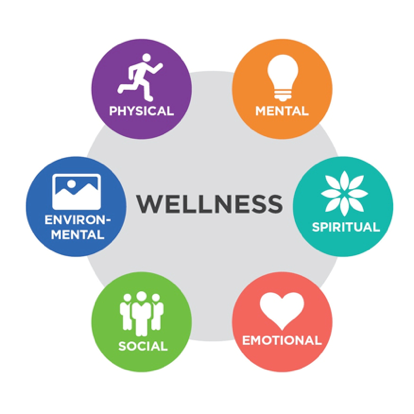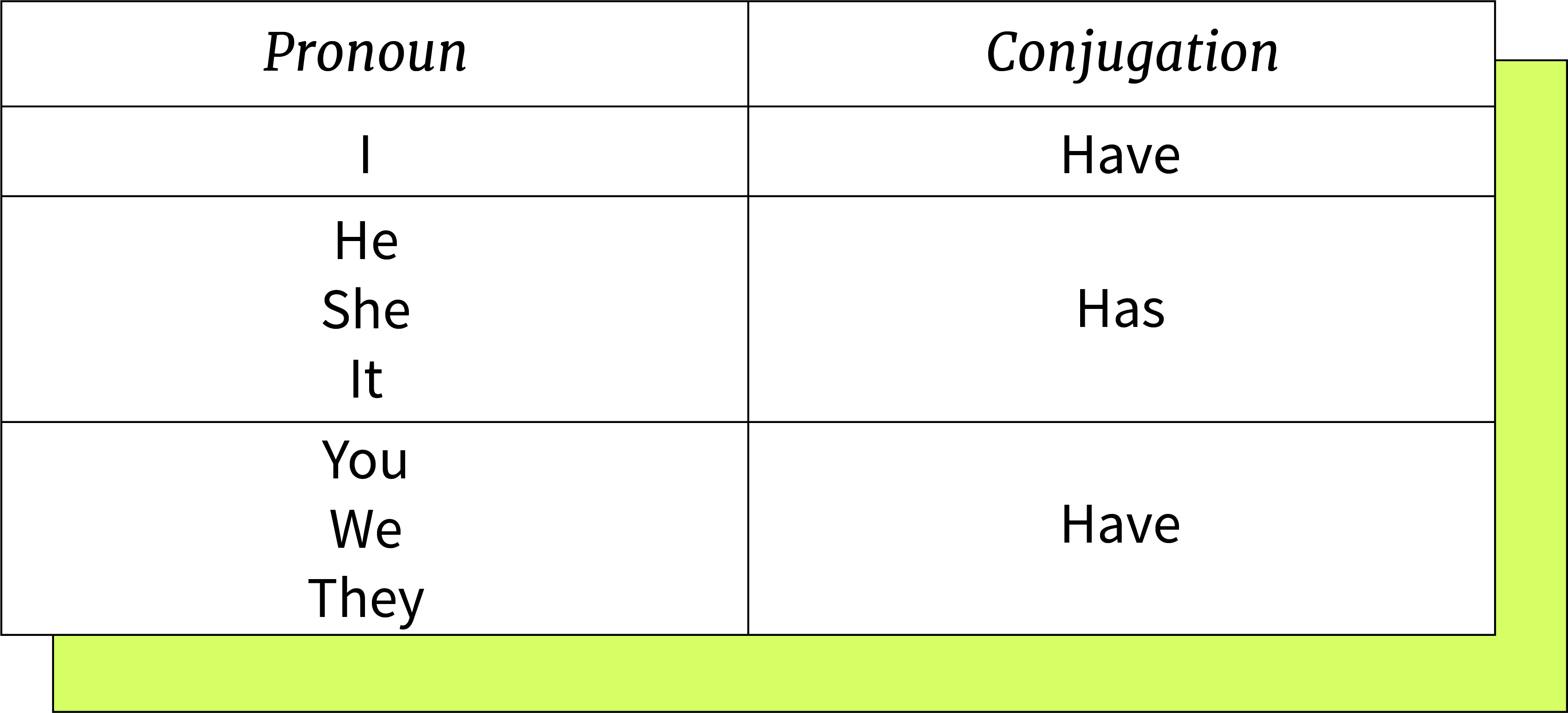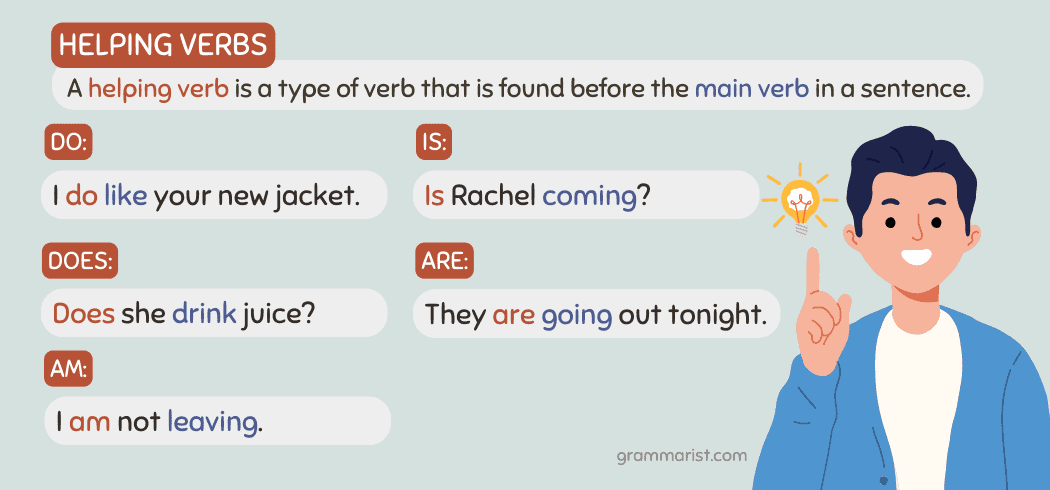Understanding Prohibited Areas for Food Storage: Essential Safety and Compliance Guidance
Introduction: The Importance of Safe Food Storage
Food safety is a cornerstone of public health and operational success in any environment where food is stored or served. Improper food storage can lead to contamination, foodborne illness, pest infestations, and regulatory violations. Understanding which areas are prohibited for storing food is essential for anyone responsible for food safety, from business owners and facility managers to employees and caretakers. This guide provides comprehensive, actionable information on legally restricted and unsafe areas for food storage, practical steps for compliance, and real-world strategies for avoiding costly mistakes.
Legally Prohibited Areas for Food Storage
Regulatory authorities at both state and national levels have established clear rules on areas where food storage is strictly forbidden to protect consumers and workers from health risks. The following locations are explicitly prohibited for food storage :
1. Toilet Rooms and Restrooms
Storing food or beverages in toilet rooms is strictly prohibited. These areas are exposed to high levels of pathogens and unsanitary conditions that make them unsafe for any food-related activity. Both federal and state regulations consistently emphasize this requirement. For example, the California Code of Regulations states, “Food and beverages shall not be stored or consumed in a toilet room or in an area where they may be contaminated by any toxic material” [1] . This rule applies to all industries, including offices, warehouses, restaurants, and care facilities.
2. Areas Exposed to Toxic Substances
Food must never be stored in any area where it may be contaminated by toxic materials. This includes locations where pesticides, cleaning agents, solvents, and other hazardous chemicals are present. For example, California regulations specify that “pesticides and other toxic substances shall not be stored in food storeroom, kitchen areas or where kitchen equipment or utensils are stored” [2] . Additionally, soaps, detergents, and craft supplies must be kept in areas completely separate from where food is prepared or stored [3] .
3. Locations at Risk of Environmental Contamination
Food storage is also prohibited in areas exposed to risks such as sewage backflow, condensation, leakage, or vermin infestation. Regulations require that food storage rooms be “ventilated and not subject to sewage or waste water backflow or contamination by condensation, leakage, rodents or vermin” [2] . Storing food in such environments can result in rapid spoilage, pest infestations, and serious health hazards.
Common Mistakes and How to Avoid Them
Even experienced professionals sometimes make errors in food storage that can have significant consequences. Below are real-world examples and step-by-step guidance to help ensure compliance:
Example: Cleaning Supply Closets
It may seem convenient to store dry goods in a multi-purpose supply closet, but if cleaning chemicals or pesticides are present, this is strictly prohibited. To avoid this mistake:

Source: fity.club
- Designate cleaning supply storage and food storage as completely separate rooms.
- Clearly label all storage areas and restrict access to cleaning chemicals.
- Train employees to recognize and report improper storage immediately.
Example: Employee Locker Rooms
Employees sometimes keep snacks or meals in personal lockers located in locker rooms or changing areas. While personal items can be stored here, food should only be kept in designated food storage facilities or break rooms. California law specifies that “employees’ street clothing and purses shall be stored in an enclosed area separated from food” [2] . For best practices:
- Provide dedicated, sanitized food storage units in break rooms.
- Prohibit food storage in lockers that are not explicitly designated for that purpose.
Actionable Steps for Safe and Compliant Food Storage
To ensure compliance and maintain a safe environment, follow these step-by-step guidelines:

Source: neruskita.blogspot.com
- Identify All Prohibited Areas: Conduct a thorough inspection of your facility, marking all toilet rooms, cleaning supply closets, chemical storage areas, and any spaces at risk of environmental contamination as off-limits for food storage.
- Label and Communicate: Use clear signage and employee training sessions to communicate which areas are prohibited for food storage and explain the reasons for these rules.
- Designate Approved Food Storage Zones: Ensure all food is stored in areas that are clean, dry, well-ventilated, and free from chemical or biological hazards. Storage shelves should be elevated above the floor-California law requires at least twelve inches for non-refrigerated foods [3] .
- Separate Chemicals and Food: Store all cleaning agents, pesticides, and toxic materials in separate, locked storage areas away from any food storage or preparation surfaces.
- Implement Regular Audits: Schedule routine checks to ensure ongoing compliance with all food safety and storage regulations.
Special Considerations for Mobile and Temporary Food Facilities
Mobile food facilities, such as food trucks and temporary stands, must also comply with these regulations. Overhead protection is required above all food storage areas, and food storage must never occur in areas exposed to environmental contamination or toxic substances. All food handling and storage must take place within approved, fully enclosed facilities [4] . If you operate a mobile food business, consult your local health department for specific requirements and obtain all necessary permits before storing or serving food.
Handling Challenging Scenarios and Finding Solutions
There may be situations where available storage space is limited, or a facility is undergoing renovation. In these cases, prioritize safety and compliance:
- If you cannot avoid proximity to cleaning supplies or chemicals, use sealed, labeled food-safe containers and place them in a separate, locked cabinet as far away as possible from hazardous substances.
- For temporary solutions, rent approved off-site storage or portable refrigerated units that meet health department guidelines.
- When in doubt, consult your local health department or food safety inspector for guidance on compliant temporary storage solutions.
Alternative Approaches and Additional Resources
If you are unsure about the compliance of a particular storage area, you can:
- Contact your local public health department and request an inspection or consultation.
- Search for “food storage regulations” along with your state or city to find official government resources.
- Review the U.S. Food and Drug Administration (FDA) Food Code for comprehensive national standards.
For commercial facilities and businesses, it is highly recommended to establish a written food safety plan, provide ongoing employee training, and keep a copy of all relevant regulations on hand for reference during routine operations and inspections.
Key Takeaways
Strictly avoid storing food in toilet rooms, areas exposed to toxic substances, and spaces at risk for environmental contamination. Always separate chemicals and personal items from food supplies, follow elevation and temperature rules, and consult with authorities when in doubt. By implementing these best practices and staying informed about the latest regulations, you can protect health, avoid legal penalties, and maintain the highest standards of food safety.
References
- [1] California Department of Industrial Relations (2024). 3368. Consumption of Food and Beverages.
- [2] Cornell Law School (2024). Cal. Code Regs. Tit. 22, § 78335 – Nutrition Services: Food Storage.
- [3] Cornell Law School (2024). Cal. Code Regs. Tit. 22, § 79693 – Dietary Service Food Storage.
- [4] San Mateo County Health (2024). California Health and Safety Code (Cal Code) for Mobile Food Facilities.
MORE FROM eboxgo.com













